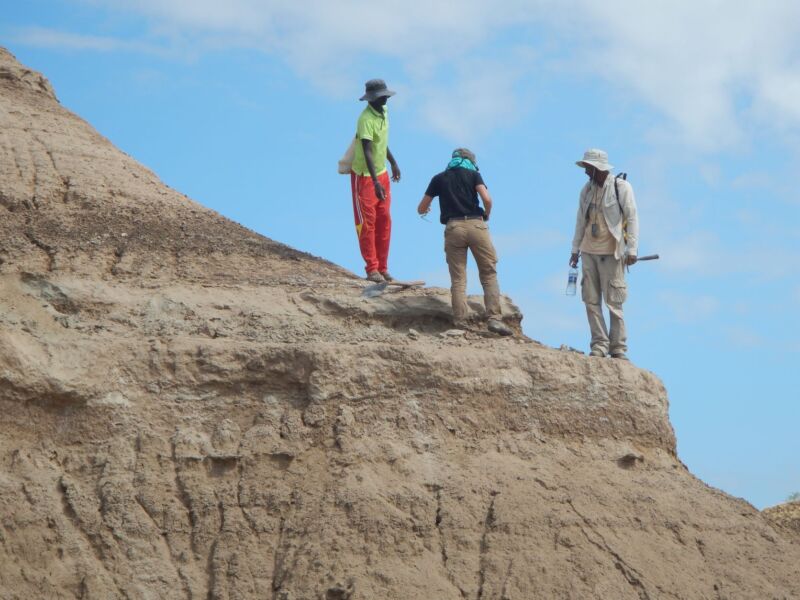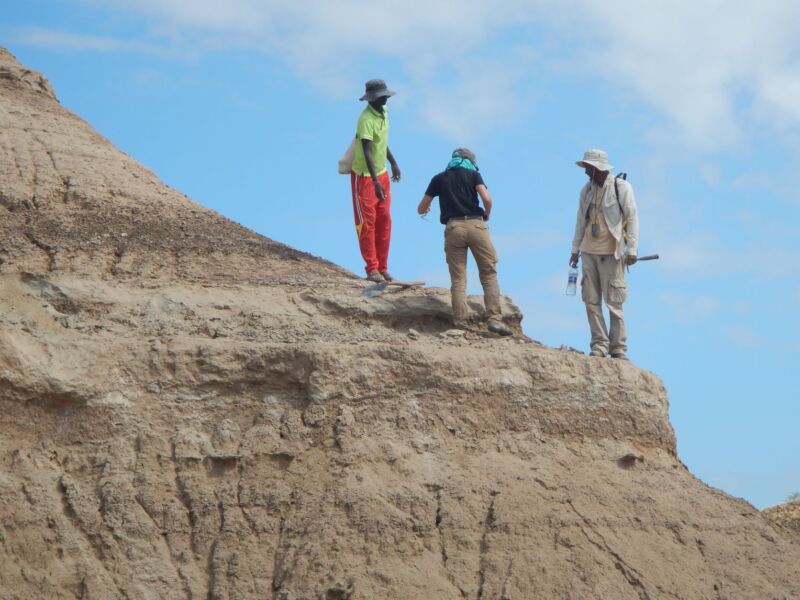
Enlarge (credit: Vidal et al 2022)
The oldest known Homo sapiens fossil is about 36,000 years older than previously thought, according to a recent study. Volcanologists matched a layer of ash above the fossil skull to an eruption of southern Ethiopia’s Shala volcano 233,000 years ago. Their findings seem to line up well with other recent research about when our species’ branch of the family tree split from that of our nearest hominin relatives, the ancestors of the now-extinct Neanderthals and Denisovans.
Geochemical fingerprints on a Pleistocene crime scene
Finding the oldest member of our species hasn’t been easy for paleoanthropologists. There’s only a handful of sites in Africa where early Homo sapiens fossils—anything older than about 100,000 years—have turned up, and some of the samples have been nearly impossible to pin a precise date on. At other sites, the fossils don’t quite have all the features that distinguish our skulls from those of our now-extinct hominin cousins: things like a high, round cranium (the round part of your skull that holds your brain) and a chin.
One fossil, a skull found near the Omo River in southern Ethiopia, does have all the hallmarks of anatomically modern humans; among other traits, Omo I has a chin and a tall cranium. The skull was buried (probably not on purpose) in a layer of sediment that was later covered by ash from at least one volcanic eruption. In theory, that ash should make it easy to measure the fossil’s minimum age.





